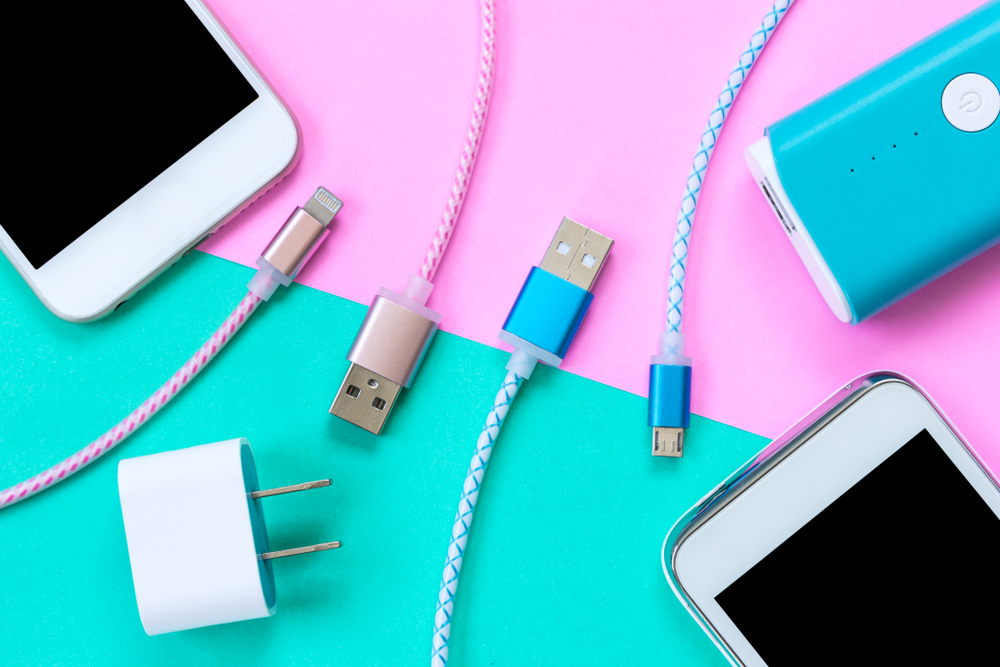When it comes to shopping, you think you’re in control, but before you know it, your shopping cart is full, and your wallet is a little lighter. But don’t beat yourself up—brands are masters at using psychology to keep you spending. These tactics are as subtle as a gentle nudge from a helpful sales associate and as ubiquitous as your morning coffee. So let’s pull back the curtain and explore 14 clever tricks that brands use to get you to part with your cash—brace yourself, it’s an eye-opener!
1. The Illusion of Scarcity
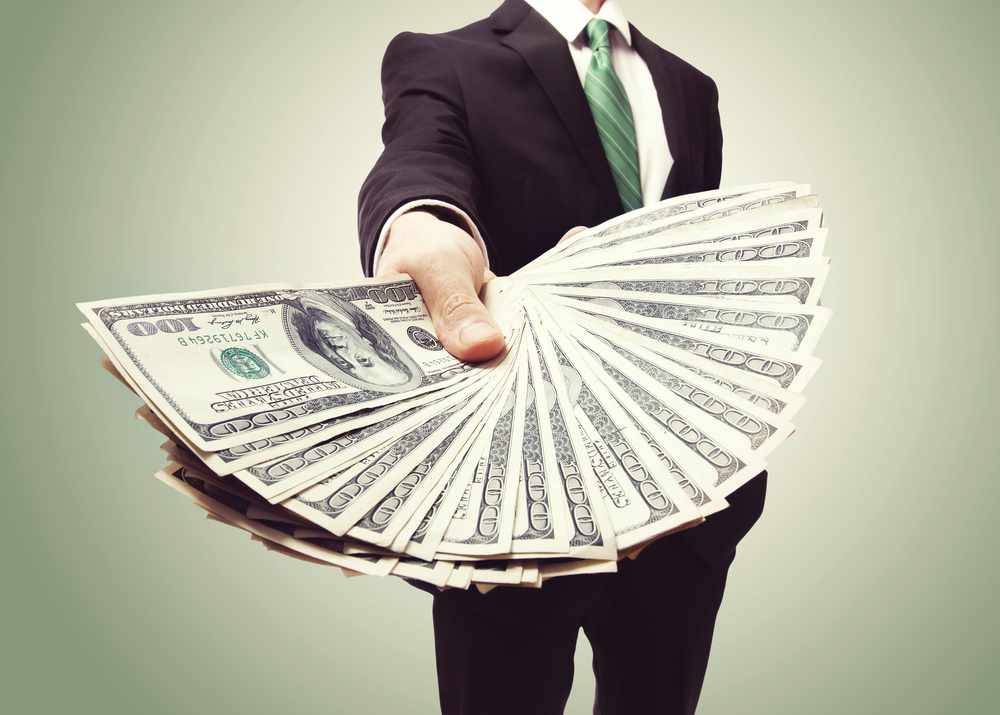
Ever notice how that “limited edition” label seems to make an item irresistible? Brands know that people fear missing out, so they create a sense of scarcity to trigger your competitive side. When something feels rare, your brain tells you it’s more valuable, even if it’s not. According to a study published in the Journal of Marketing Research, people are more likely to buy something if they think it’s in short supply, even if it’s not inherently more special. It’s a psychological trick that makes you think you’re getting a unique opportunity, pushing you to hit “buy” before it’s too late.
But here’s the kicker, often the scarcity is artificial. Brands might limit the quantity available or create fake demand to make you think everyone else wants it too. This strategy is all about urgency and exclusivity, tapping into the primal part of your brain that screamed, “Act now!” It’s a smart trick that plays on your emotions rather than your logic. Keep this in mind next time you’re eyeing that “limited edition” product.
2. The Price Anchoring

Ever wonder why the first price you see is sky-high, only to find a “discounted” version right after? That’s anchoring at work, a strategy that sets a mental reference point. When you first encounter a high price, everything else seems like a bargain by comparison. By showing you an inflated initial price, brands make the subsequent prices seem more reasonable and appealing. This tactic makes you believe you’re getting a deal, when in reality, you’re just being guided by a clever pricing strategy.
Anchoring isn’t just about listing a high price first—it’s also about making you feel smart for finding a deal. It taps into your inherent desire to be savvy and clever with your money. That thrill when you think you’ve outsmarted the retailer is exactly what they’re banking on. So next time you feel the rush of snagging a “bargain,” take a moment to ask if it was really a deal or just a well-placed anchor.
3. The Power of Color

Colors aren’t just for aesthetics—they’re psychological powerhouses that influence your emotions and decisions. Brands use colors to evoke specific feelings and reactions without you even realizing it. According to the Journal of the Academy of Marketing Science, color can account for up to 90% of the reason you make a purchase decision. Red might make you hungry, blue can instill trust, and yellow is all about grabbing attention. Understanding color psychology is crucial for brands looking to subtly influence your next shopping spree.
The use of color doesn’t stop at logos and branding—it extends to store layouts and packaging. Marketers know that color can influence how long you linger in a store or how quickly you decide to make a purchase. It’s all about creating an environment that nudges you toward a specific action, whether it’s calming you down or revving you up. So next time you find yourself inexplicably drawn to a product, consider how color might be playing a part in your decision.
4. The Social Proof
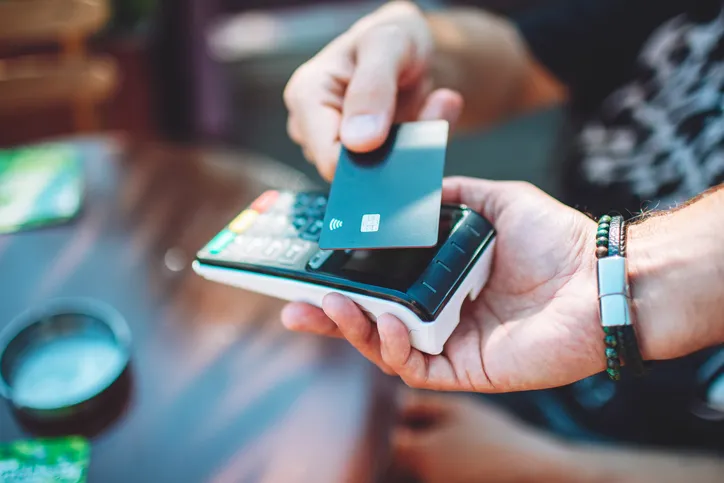
You know those glowing reviews and “As Seen On” badges that seem to be everywhere? That’s social proof in action, leveraging the power of the crowd to influence your decisions. Brands use social proof because people naturally trust the opinions and behaviors of others. If a product is a bestseller or has rave reviews, you’re more likely to believe it’s worth buying. It’s a psychological nudge that makes you think, “If everyone else loves it, I should too.”
Social proof isn’t just about reviews; it extends to influencer partnerships and celebrity endorsements. When you see someone you admire using a product, it creates a sense of validation. Brands know that if they can get you to see their product as popular or endorsed by someone credible, you’ll be more inclined to buy. It’s a strategy that plays on your instinct to follow the herd, making you more susceptible to marketing messages.
5. The Decoy Effect
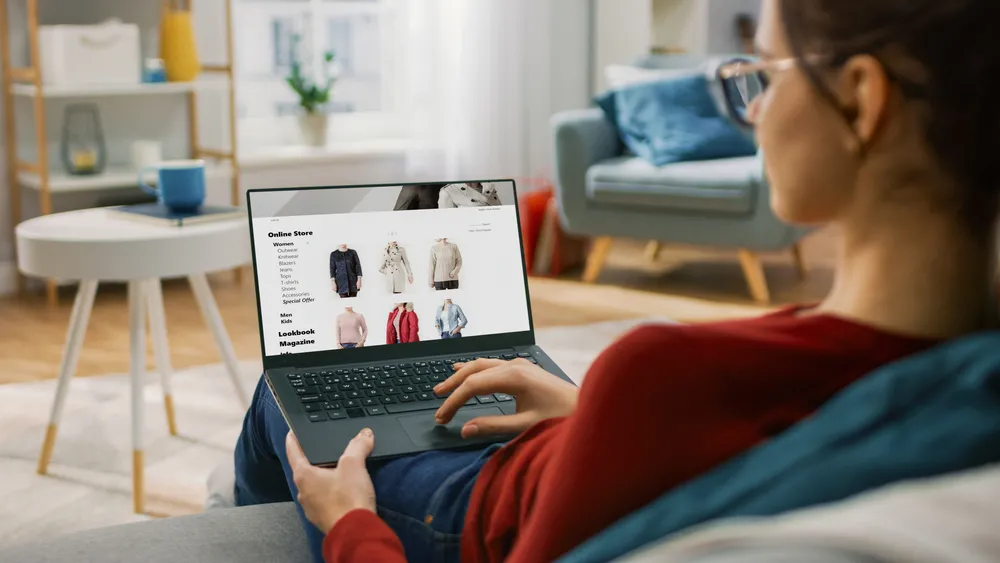
Imagine you’re choosing between two pricing options, and then a third pops up, making one of the original choices look better. That’s the decoy effect, a strategy brands use to nudge you toward a specific choice. By adding a middle option that’s less attractive, brands can make the option they want you to pick look like the best deal. A study in the Journal of Consumer Research shows how the decoy effect effectively influences decision-making by altering perceived value. It’s a clever way to guide you toward a purchase without you realizing you’re being steered.
The decoy effect isn’t limited to just pricing—it can be about features, sizes, or any other variable. Brands use it to highlight the value of what they want you to choose, making it seem like the smartest option. It’s all about framing the choice in a way that influences your perception. So next time you feel swayed by a seemingly great deal, take a closer look at the options and see if a decoy is hiding in plain sight.
6. The Sunk Cost Fallacy

Ever continued with a purchase just because you’ve already invested time or energy in it? That’s the sunk cost fallacy, which exploits your aversion to waste. Brands know that once you’ve spent time considering a purchase, you’re more likely to follow through. This psychological trap makes you focus on past investments rather than future benefits. It’s a sneaky way to get you to complete a purchase even if you’re having doubts.
The sunk cost fallacy is about driving you to justify your previous actions. Once you’re emotionally or financially invested, turning back feels like admitting defeat. Brands use this by creating hurdles that make you feel committed, like lengthy sign-up processes or time-limited offers. It’s a strategic move to make you feel like you’ve come too far to back out now. Next time you’re about to hit “buy,” ask yourself if it’s what you want or if you’re caught in a sunk cost trap.
7. The Freebies and BOGO Offers

Who doesn’t love a good freebie or a buy-one-get-one offer? These tactics are designed to make you feel like you’re getting something for nothing. But in reality, they’re carefully calculated moves to increase your spending. According to Harvard Business School, these promotions can increase sales by creating a perception of added value without actually reducing profit margins. Freebies and BOGO deals tap into your natural inclination to maximize value while minimizing cost.
These offers work by framing a purchase as an opportunity rather than a cost. When you see a BOGO deal, your brain focuses on the free item, overshadowing the cost of the initial purchase. It’s a psychological trick that nudges you to buy more than you intended. Before you stock up on unnecessary items, consider if you’re truly getting value or just falling for a cleverly disguised upsell.
8. The Emotional Triggers
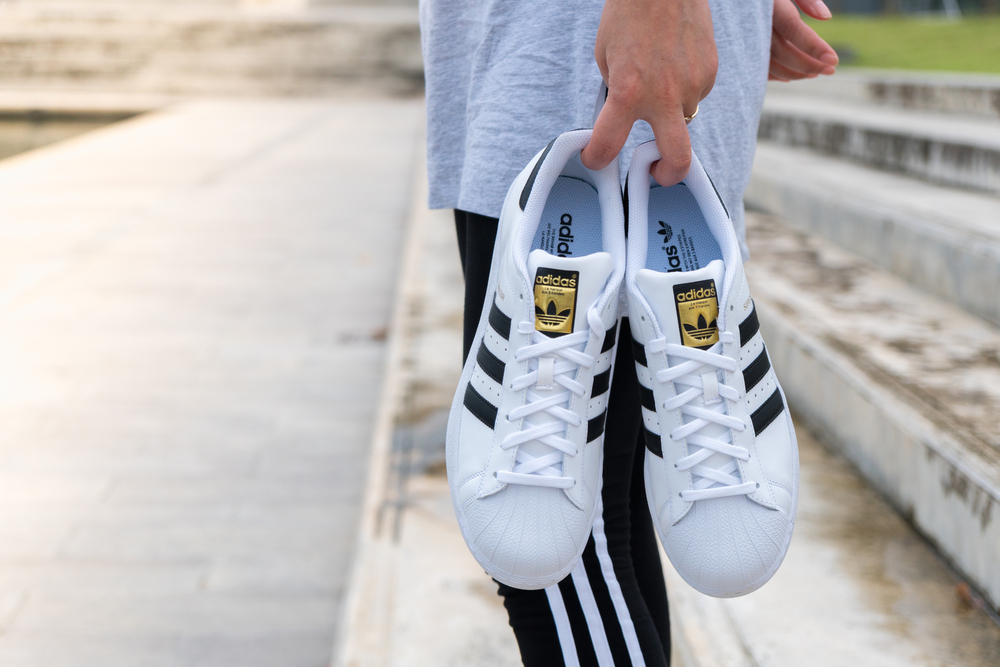
Brands know that emotions are powerful motivators, often more so than logic. By tapping into your feelings, they can create a strong connection that prompts you to spend. Emotional triggers can be anything from nostalgia and happiness to fear and urgency. When a brand makes you feel something, you’re more likely to remember and engage with it. It’s a tactic that leverages the emotional part of your brain, making purchases feel more personal.
Emotional marketing isn’t just about ads—it’s woven into every aspect of a brand’s interaction with you. From customer service to social media presence, brands aim to create an emotional experience. When you feel a connection, you’re more likely to become a loyal customer. So next time a brand tugs at your heartstrings, remember that it’s a calculated move to get you to open your wallet.
9. The Personalized Marketing
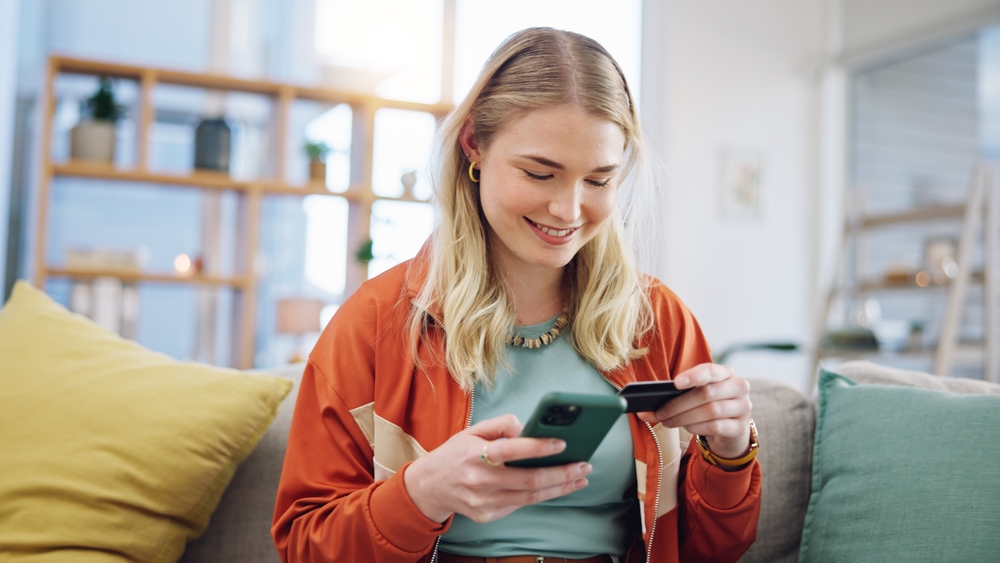
Have you ever received a recommendation that felt eerily perfect? That’s personalized marketing, a strategy that uses data to tailor messages just for you. By analyzing your behavior, brands can predict what you’re likely to buy next. This level of personalization makes you feel seen and understood, increasing your likelihood to purchase. It’s a strategy that turns data into a powerful tool for influencing your spending habits.
Personalized marketing isn’t just about sending you emails with your name on them. It’s about creating a seamless experience that feels custom-made for you. Brands track your preferences and behaviors to present products and offers that match your taste. This tailored approach makes you feel like the brand gets you, nudging you closer to making a purchase. But remember, as personalized as it feels, it’s all part of a calculated strategy to boost sales.
10. The Strategic Music
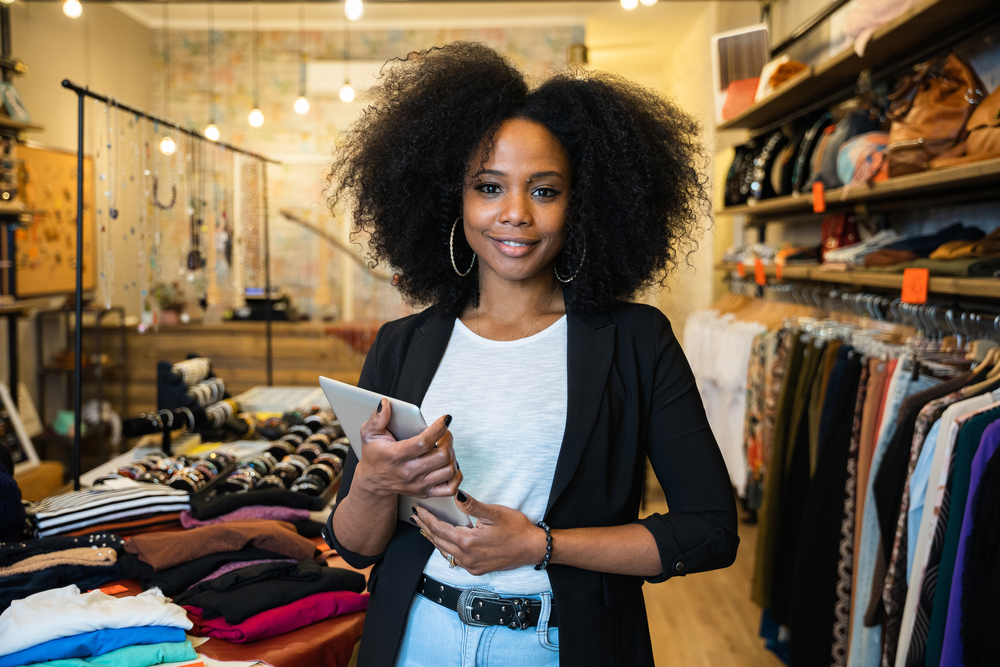
Ever noticed how the music in a store can influence your shopping mood? Brands carefully select tunes to set the right atmosphere and pace for your shopping experience. Upbeat music might encourage you to move quickly, while calm tunes can make you linger. This strategic use of music can subtly influence how much time you spend in a store and, ultimately, how much you spend. It’s all about creating an environment that aligns with the brand’s goals.
Music isn’t just background noise—it’s a psychological tool that shapes your experience. The right playlist can evoke emotions, alter perceptions, and even increase the perceived value of products. Brands use this sensory element to make shopping more engaging and enjoyable. Next time you’re tapping your foot in-store, consider how the music might be influencing your buying decisions. It’s a subtle but effective tactic that plays on your subconscious.
11. The False Sense of Belonging
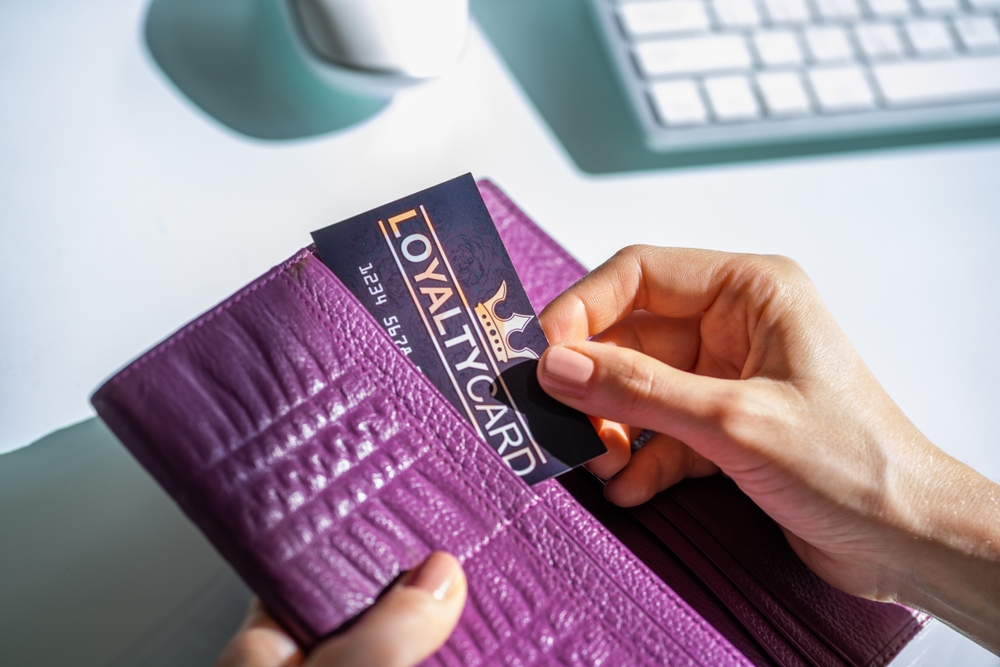
Isn’t it nice to feel like you’re part of a club? Brands create a sense of community and belonging to foster loyalty and drive sales. By making you feel included, they tap into your social instincts and make their products more appealing. Whether it’s through loyalty programs or social media engagement, brands aim to create a tribe that you want to be part of. It’s a psychological tactic that makes you feel valued and connected.
Belonging is a powerful motivator because it ties directly to your identity. When you align with a brand’s values or community, you’re more likely to become a repeat customer. This strategy is about creating a lifestyle that you want to be part of, using products as the entry point. So when a brand makes you feel like one of the gang, remember it’s a smart move to keep you coming back for more.
12. The Reciprocity Principle
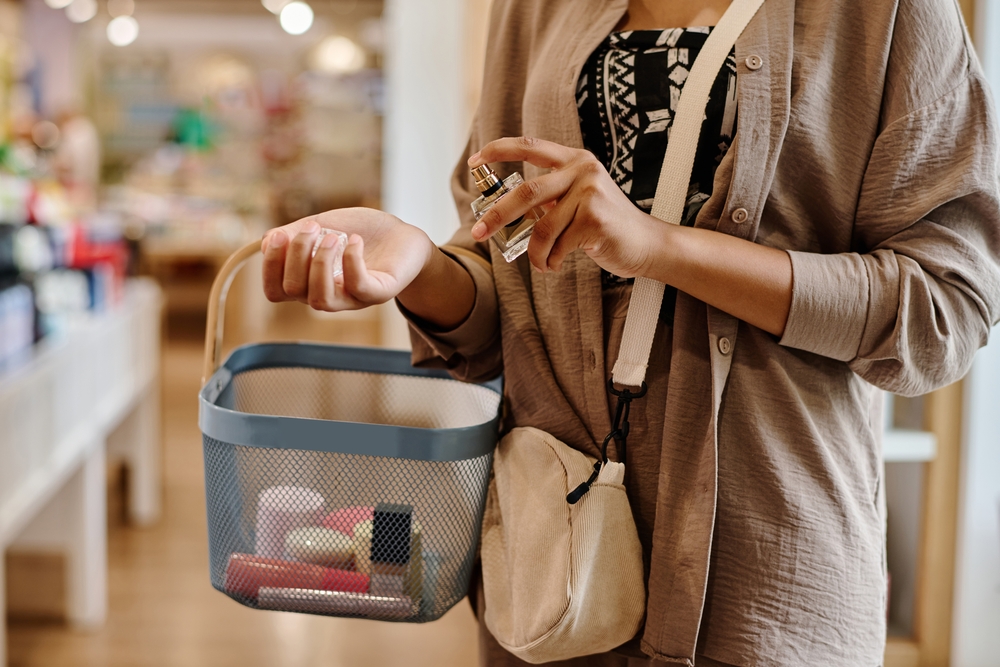
You receive a small gift or favor from a brand, and suddenly you feel the urge to return the favor. That’s the reciprocity principle in action, a psychological tactic that leverages your natural inclination to reciprocate kindness. By giving you something first, like a free sample or a discount, brands make you more likely to purchase something in return. It’s a subtle but effective way to build goodwill and increase spending. This tactic makes you feel grateful and compelled to give back.
Reciprocity isn’t just about freebies—it’s about creating a positive exchange that fosters loyalty. When a brand does something nice for you, it triggers a psychological need to balance the scales. This can lead you to make purchases you hadn’t planned, all to alleviate that sense of obligation. It’s a clever way to turn a small gesture into a valuable sale. So next time you receive a little something extra, consider how it might be influencing your buying decisions.
13. The Endowment Effect

You know how it feels to hold something and suddenly feel more attached to it? That’s the endowment effect, which makes you value something more simply because you own it, or even just feel like you do. Brands use this by encouraging you to try products, from test drives to free trials. Once you’ve used a product, you’re more likely to buy it because you’ve created a sense of ownership. It’s a psychological trick that leverages your attachment to things you’ve already experienced.
The endowment effect isn’t just about physical possession—it’s about emotional attachment. Brands want you to form a bond with their products, making them feel like an extension of yourself. This emotional connection makes it harder to walk away from a purchase. So next time you’re in a fitting room or taking a product for a spin, remember that you’re experiencing an endowment effect. It’s a smart way to turn trial into purchase.
14. The Marketing Narrative
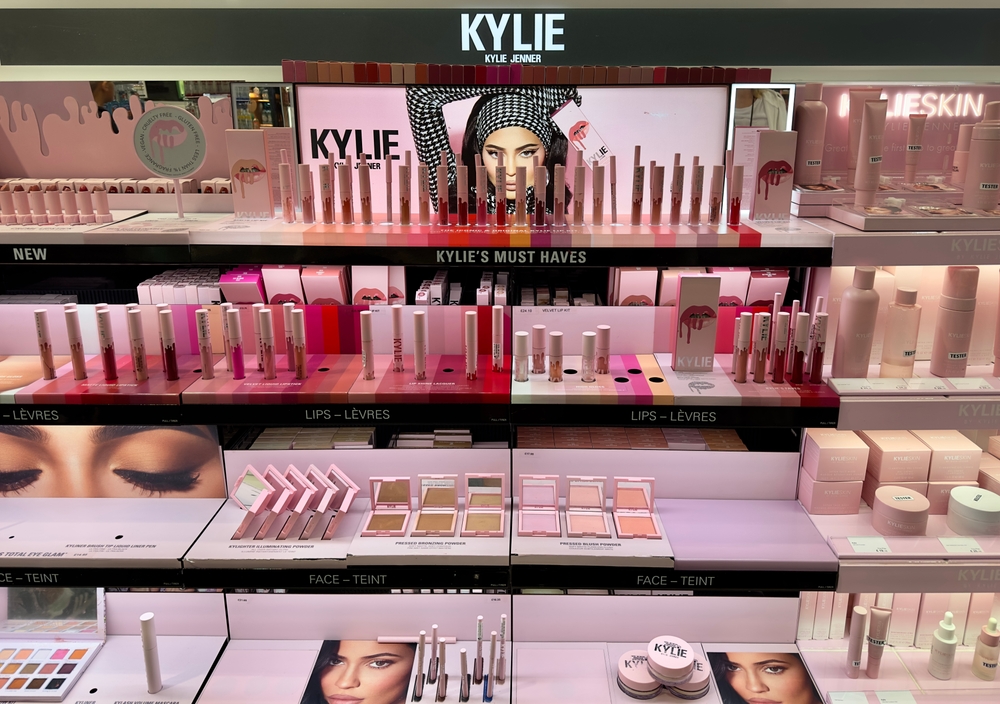
Who doesn’t love a good story? Brands use narrative marketing to weave engaging stories around their products, making them more memorable and appealing. By creating a storyline, brands connect emotionally, making you invest in more than just a product—they make you invest in a story. This tactic turns a simple transaction into an experience that resonates on a deeper level. It’s a way to differentiate products in a crowded market by adding emotional value.
Narrative marketing isn’t just about telling a story—it’s about making you the hero of that story. Brands craft narratives that align with your values and aspirations, making you feel like part of the journey. This emotional engagement can increase loyalty and drive sales, as you feel more connected to the product’s story. So next time a brand captivates you with a compelling tale, remember it’s a strategic move to deepen your connection and influence your purchase.
This article is for informational purposes only and should not be construed as financial advice. Consult a financial professional before making investment or other financial decisions. The author and publisher make no warranties of any kind.





